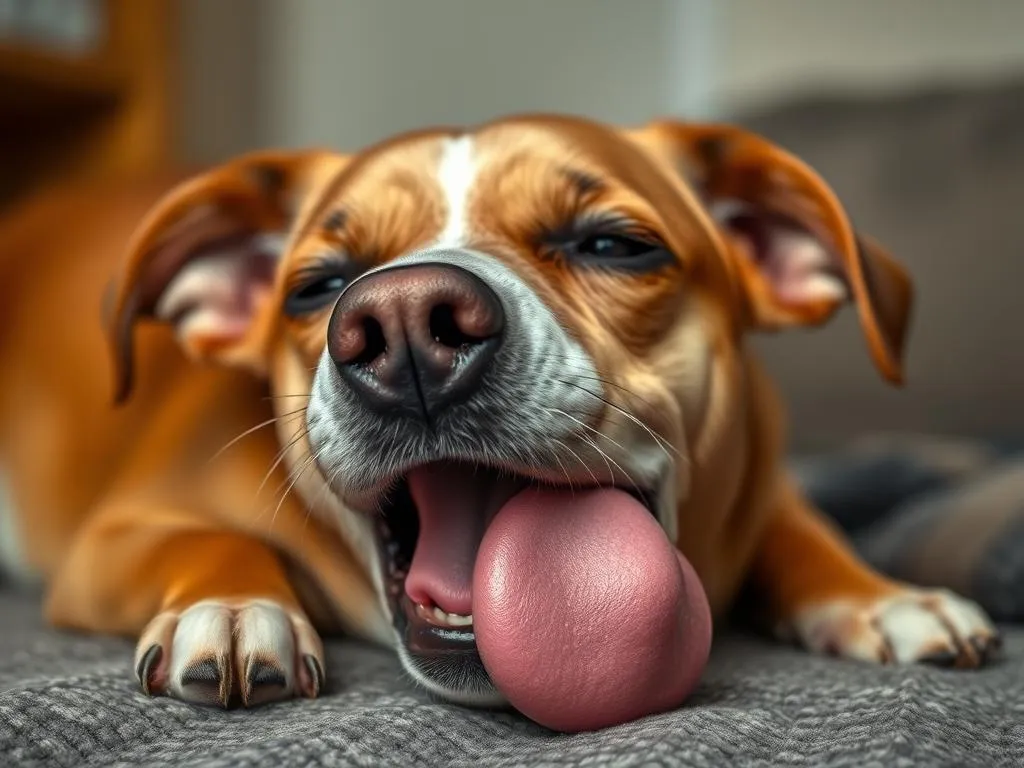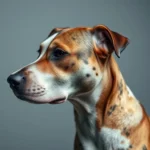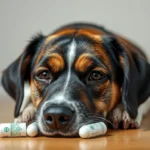
When it comes to our furry companions, their playful nature can sometimes lead to concerning situations, such as when my dog swallowed a squeaker. Many pet owners have faced the anxiety of discovering that their dog has ingested a foreign object, and squeakers from toys are among the most common culprits. Understanding the risks involved and knowing what steps to take can make a significant difference in managing your pet’s health.
Understanding the Squeaker
What is a Squeaker?
A squeaker is a small device typically found inside dog toys that produces a sound when compressed. This noise mimics the sound of prey, activating a dog’s natural instincts and encouraging play. Squeakers are often made from materials like plastic, rubber, or foam, designed to be durable yet enticing for dogs. However, their construction can vary significantly from toy to toy, impacting the potential risks if swallowed.
Common Types of Dog Toys with Squeakers
Dog toys featuring squeakers come in various forms, appealing to different play styles and preferences. Common types include:
- Plush Toys: These are often soft and cuddly, perfect for dogs that enjoy gentle play.
- Rubber Toys: These are usually more durable and can withstand heavy chewing.
- Interactive Toys: Some toys combine squeakers with other features, such as treat dispensers, to keep dogs engaged for longer periods.
Popular brands known for their squeaky toys include KONG, PetSafe, and ZippyPaws, each offering unique designs that attract dogs’ attention.
Why Dogs Swallow Squeakers
Natural Instincts
Dogs are innately curious creatures, driven by instincts that encourage them to chew, hunt, and explore. Chewing is a natural behavior that helps keep their teeth clean and jaws strong. Unfortunately, in their quest for fun, dogs may not distinguish between safe toys and hazardous objects.
Curiosity and Playfulness
The playful nature of dogs can lead them to tear apart toys, often with the intention of finding the squeaker inside. The excitement of play can sometimes overshadow their instincts to be cautious, leading to accidental ingestion.
Stress and Anxiety
Sometimes, emotional states like stress or anxiety can lead dogs to chew destructively. If a dog is feeling anxious or bored, they may resort to chewing on toys more aggressively, increasing the risk of swallowing a squeaker.
Risks Associated with Swallowing a Squeaker
Choking Hazard
One of the most immediate dangers when a dog swallows a squeaker is the risk of choking. A squeaker can obstruct the airway, leading to distress and potentially life-threatening situations if not addressed promptly.
Internal Blockage
Ingesting a squeaker can also result in gastrointestinal blockage. Depending on the size of the squeaker and the dog’s size, it may become lodged in the intestines, preventing the passage of food and leading to serious health complications. Symptoms of blockage may include vomiting, lack of appetite, and abdominal pain.
Potential Injury
There’s also the risk of internal injuries or tears caused by swallowing a hard object. If the squeaker is made of a material that doesn’t break down easily, it could cause damage to the digestive tract, leading to internal bleeding or infection.
Signs Your Dog Has Swallowed a Squeaker
Immediate Symptoms
If your dog has swallowed a squeaker, look for immediate symptoms such as:
- Coughing or gagging
- Difficulty breathing
- Excessive drooling
Delayed Symptoms
Some symptoms may not appear right away but can develop over time. These include:
- Vomiting
- Lethargy or decreased energy
- Abdominal swelling or pain
Behavioral Changes
Changes in behavior can also indicate discomfort or pain. If your dog seems unusually restless, refuses to eat, or exhibits signs of distress, it may be time to consult a veterinarian.
What to Do If Your Dog Swallowed a Squeaker
Stay Calm
The first step is to remain calm. Panicking can complicate your ability to assess the situation and take appropriate action.
Assess the Situation
Determine whether your dog is in distress. If they are coughing, gagging, or showing signs of choking, immediate action is necessary.
Call Your Veterinarian
Consulting a vet is crucial. Provide them with specific information about the incident, including the size of your dog, the type of squeaker, and any symptoms your dog is exhibiting. This information will help the veterinarian assess the situation more effectively.
Potential Home Remedies
Only pursue home remedies if advised by a veterinarian. In some cases, they may recommend monitoring your dog closely if they show no immediate signs of distress.
When to Go to the Emergency Vet
If your dog exhibits severe symptoms such as difficulty breathing, continuous vomiting, or lethargy, seek emergency veterinary care immediately. Time can be of the essence in preventing serious complications.
Treatment Options
Observation
In cases where a dog has swallowed a squeaker but shows no immediate distress, a veterinarian may recommend observation. This involves monitoring your dog for any developing symptoms over the next few hours or days.
Inducing Vomiting
If the ingestion was recent and your veterinarian advises it, they may suggest inducing vomiting to prevent the squeaker from causing further issues. This should only be done under veterinary guidance, as improper methods can lead to additional health risks.
Surgical Intervention
In scenarios where the squeaker has caused a blockage or injury, surgical intervention may be necessary. The veterinarian will evaluate the situation and decide the best course of action, which may involve removing the object through surgery.
Post-Treatment Care
After treatment, follow your veterinarian’s instructions carefully. This may include dietary changes, medications, or restrictions on activity to ensure a smooth recovery.
Prevention Tips
Choosing the Right Toys
Selecting safer toys is crucial in preventing future incidents. Look for toys designed specifically for your dog’s size and chewing habits, and opt for those made from durable, non-toxic materials.
Supervision During Play
Always supervise your dog during playtime, especially with new toys. This allows you to monitor their behavior and intervene if they begin to chew aggressively.
Regularly Inspecting Toys
Make it a habit to inspect toys regularly for signs of wear and tear. Replace any toys that show damage to prevent accidental ingestion of parts.
Training Your Dog
Training can help discourage destructive chewing. Teach commands like “leave it” or “drop it” to help manage your dog’s behavior during playtime.
Conclusion
Addressing the concern of my dog swallowed a squeaker involves understanding the risks and knowing how to respond effectively. Vigilance in monitoring your dog’s playtime, choosing appropriate toys, and being aware of the symptoms of ingestion can significantly reduce the chances of a serious incident. Always consult your veterinarian for personalized advice tailored to your dog’s needs.
FAQs
Can all dogs swallow squeakers?
Not all dogs will necessarily swallow squeakers, but factors such as size and breed can influence the likelihood. Smaller dogs may have a higher risk due to their tendency to chew toys more vigorously.
Are there specific squeakers that are safer?
Some brands focus on producing safer squeakers made from non-toxic materials designed to withstand heavy chewing. Look for toys labeled as durable or specifically designed for aggressive chewers.
What should I do if my dog plays rough with toys?
If your dog is an aggressive chewer, consider providing them with more durable toys and supervising their playtime to prevent accidents. Regularly inspect toys for wear and replace them as needed to keep your pet safe.









